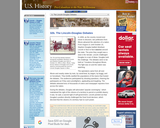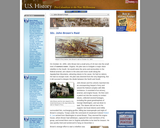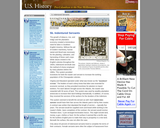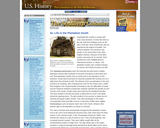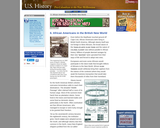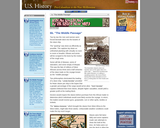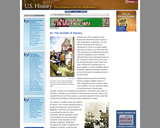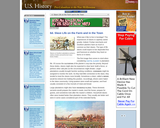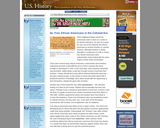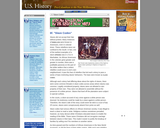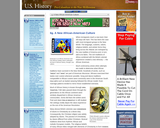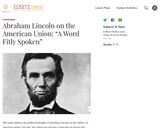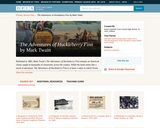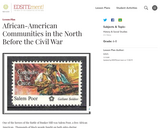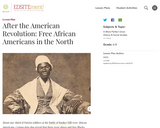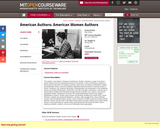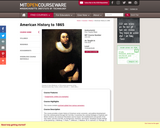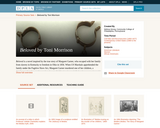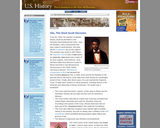
From the 1780s, the question of whether slavery would be permitted in new territories had threatened the Union. Over the decades, many compromises had been made to avoid disunion. But what did the Constitution say on this subject? This question was raised in 1857 before the Supreme Court in case of Dred Scott vs. Sandford. Dred Scott was a slave of an army surgeon, John Emerson. Scott had been taken from Missouri to posts in Illinois and what is now Minnesota for several years in the 1830s, before returning to Missouri. The Missouri Compromise of 1820 had declared the area including Minnesota free. In 1846, Scott sued for his freedom on the grounds that he had lived in a free state and a free territory for a prolonged period of time. Finally, after eleven years, his case reached the Supreme Court. At stake were answers to critical questions, including slavery in the territories and citizenship of African-Americans. The verdict was a bombshell.
- Subject:
- History
- U.S. History
- Material Type:
- Diagram/Illustration
- Reading
- Provider:
- Independence Hall Association
- Provider Set:
- US History
- Date Added:
- 02/15/2018
